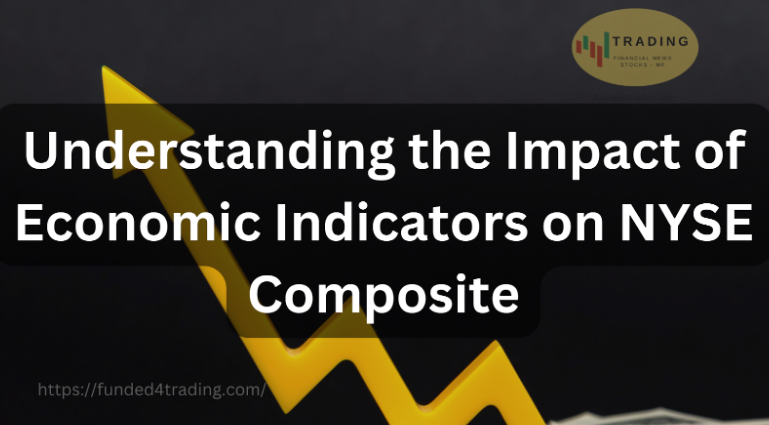In the intricate tapestry of global financial markets, the New York Stock Exchange (NYSE) Composite stands as a beacon, reflecting the pulse of the American economy. Investors and financial analysts keenly observe economic indicators as crucial signposts, guiding them through the dynamic landscape of the NYSE Composite. In this exploration, we delve into the profound impact economic indicators have on this venerable stock exchange.
The NYSE Composite: A Barometer of Economic Health
The NYSE Composite, comprising a vast array of stocks representing various sectors, serves as a comprehensive indicator of the overall health of the U.S. stock market. As investors navigate the complex world of finance, they closely monitor economic indicators to make informed decisions, aware that these indicators can significantly influence the performance of the NYSE Composite.
Unemployment Rates: A Balancing Act
One of the key economic indicators with a direct impact on the NYSE Composite is the unemployment rate. A rising unemployment rate can signal economic distress, leading to decreased consumer spending and a contraction in corporate profits. Consequently, the NYSE Composite may experience a downturn as investor confidence wavers in the face of economic uncertainty.
Conversely, a declining unemployment rate often signifies economic growth, increased consumer spending, and improved corporate earnings. Investors are likely to respond positively, driving the NYSE Composite to new heights as optimism permeates the market.
Inflation: The Silent Economic Arbiter
Inflation, the silent force shaping economic landscapes, wields a substantial influence over the NYSE Composite. Moderate inflation is generally considered healthy for economic growth, as it indicates a balance between demand and supply. However, excessive inflation can erode the purchasing power of consumers and impact corporate profitability, casting a shadow over the NYSE Composite.
Investors keenly monitor inflation indicators such as the Consumer Price Index (CPI) and the Producer Price Index (PPI). Understanding the nuances of inflationary pressures helps them anticipate market movements and position their portfolios accordingly.
Interest Rates: The Tug of War Continues
Central to the economic machinery is the interplay of interest rates. The Federal Reserve’s decisions regarding interest rates have a profound impact on the NYSE Composite. When interest rates rise, borrowing becomes more expensive, potentially slowing economic activity. Investors may shift their focus from stocks to fixed-income securities, leading to a decline in the NYSE Composite.
Conversely, lower interest rates often stimulate economic growth, encouraging investors to flock to the stock market in search of higher returns. This influx of capital can propel the NYSE Composite to new highs.
GDP Growth: The Backbone of Economic Health
Gross Domestic Product (GDP) growth serves as the backbone of economic health, and its impact on the NYSE Composite is undeniable. A robust GDP growth rate is indicative of a thriving economy, fostering investor confidence and driving stock market performance. Conversely, a contracting GDP can lead to a downturn in the NYSE Composite as investors adopt a cautious stance amid economic challenges.
Geopolitical Events: Unpredictable Catalysts
While economic indicators offer valuable insights, geopolitical events remain unpredictable catalysts capable of swiftly altering the trajectory of the NYSE Composite. Trade tensions, political instability, and global conflicts can introduce volatility, challenging investors to adapt quickly to changing circumstances.
Conclusion: Navigating the Dynamic NYSE Landscape
In the intricate dance between economic indicators and the NYSE Composite, investors find themselves navigating a dynamic landscape. A nuanced understanding of unemployment rates, inflation, interest rates, GDP growth, and the unpredictable nature of geopolitical events empowers investors to make informed decisions in the pursuit of financial success.
As we traverse the ever-evolving economic terrain, the NYSE Composite stands as a testament to the symbiotic relationship between economic indicators and the world of finance. By deciphering these indicators, investors can unravel the complexities of the market, positioning themselves to harness the potential for growth while weathering the inevitable storms that may arise.

